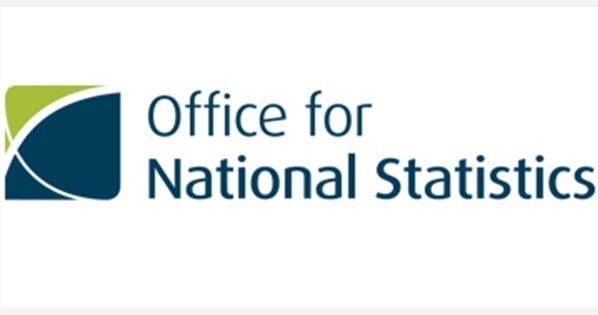
0:01 AM, 20th July 2023, About 2 years ago
Text Size
The UK’s house prices grew by 1.9% year-on-year in May – a slowdown from the 3.2% growth recorded in April, the Office for National Statistics (ONS) reports.
The average house price was £286,000, up by £6,000 a year ago, but down by £7,000 from the peak reached in September 2022.
According to the ONS, house price growth varied across the UK’s regions and countries.
England had the highest average house price of £304,000, an increase of 1.7% from a year ago.
Wales followed with an average of £213,000, up by 1.8%, and Scotland had an average house price of £193,000, that’s up 3.2% from May 2022.
Northern Ireland had the lowest average house price of £172,000, but also the highest annual growth rate of 5%.
Among the English regions, the North East experienced the strongest house price growth of 4% in the year to May, while the East saw no change in its prices.
The remaining regions had positive but moderate annual growth rates, ranging from 0.6% in London to 2.7% in Yorkshire and The Humber.
The head of personal finance, Hargreaves Lansdown, Sarah Coles, said: “The faint note of optimism in annual price rises can’t drown out the chorus of concern for the property market this summer.
“There’s such a big lag in this set of figures that the mortgage misery we’re seeing now will only manifest itself in the data as we head into the autumn.”
She added: “The May figures reflect sales agreed as far back as February, when the prospects for the market looked rosier.
“House prices went sideways during the month, but mortgage rates were falling back, and approvals were on the up. Optimism started to build that we could be heading for a soft landing.
“Since then, a dark cloud has settled over the mortgage market, with the average two-year fix hitting 6.8%, and the average five-year rate at 6.33%, according to Moneyfacts.
“At these levels, it’s going to price an awful lot of buyers out of the market and force some remortgagers to sell up.”
The chief executive of GreenResi, Anna Clare Harper, said: “This significant slowdown in growth is a direct result of increased interest rates, which have stretched housing affordability.
“Higher interest rates impact those who already own a property: many are facing double or triple their previous housing costs.
“It also impacts new purchasers as those reliant on bank finance are no longer willing or able to pay the price level, we adjusted to in 2022.”
She adds: “Sales volumes have fallen by about a third in the past year. Investors we are dealing with are purchasing at 20 to 30% below peak 2022 market values, and only those who need to sell in this market are selling.”
James Forrester, the managing director of Barrows and Forrester, said: “Many buyers and sellers remain in property market limbo at present, and it’s become a bit of a waiting game on both sides.
“Buyers are waiting to see if mortgage rates level out in order to boost their purchasing power, while sellers are hoping that they will achieve a better price once the economic storm clouds have passed.”
Marc von Grundherr, a director of Benham and Reeves, said: “The pandemic property rollercoaster ride has certainly ground to a halt so far in 2023, but rather than the market coming off the rails, what we’re now seeing is house prices returning to pre-pandemic levels.”
Previous Article
Mismatch between supply and demand continues in PRS